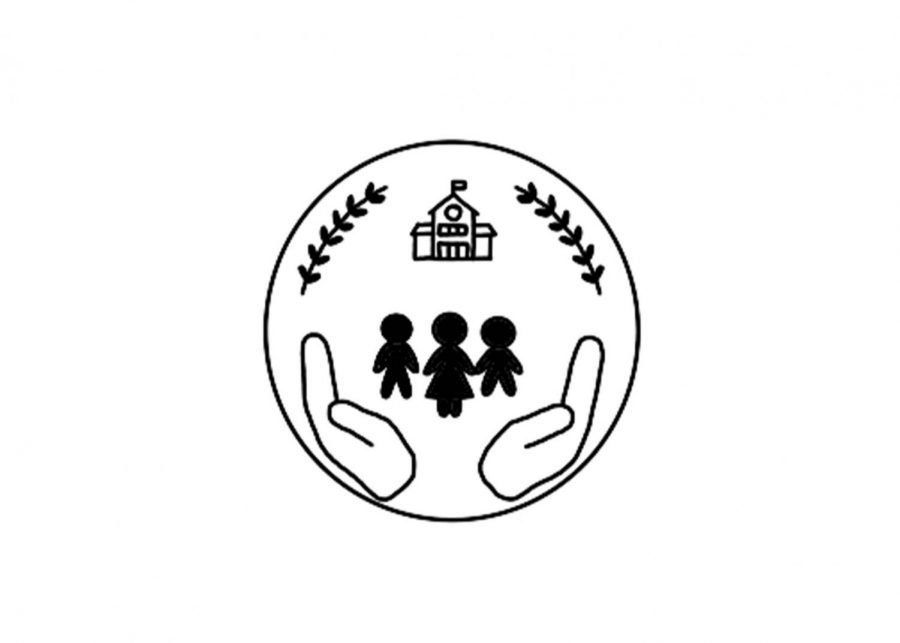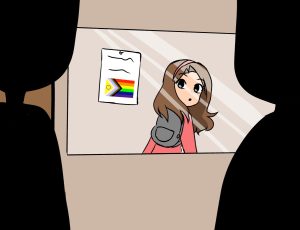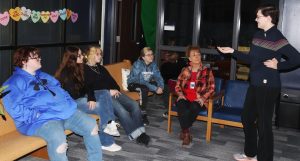Distance Learning vs Face-to-Face
President Biden lays out plan to reopen schools
February 24, 2021
The U.S. government is considering sending out a stimulus bill called the American Rescue Plan which would help aid our country and help schools go back to face-to-face instruction. President Biden is laying out the first step of an aggressive, two-step plan making the necessary investments to meet the president’s goal of safely reopening a majority of K-8 schools in the first 100 days. However, in some cities the coronavirus cases are high, and it may not be safe for students to participate in class at the school. Education officials are deciding whether to keep offering distance learning or to go back to in-person.
Even though the cases of Coronavirus are high, students can complete their assignments better if they do in face-to-face schooling instead of virtual learning. Therefore, students should return to face-to-face instruction.
To start, every student has a different learning style and virtual learning can be an obstacle. Though the majority of Americans prefer hands on learning, with virtual school. This can be difficult to achieve. Not having a hands on experience with assignments or being present to view what a teacher is demonstrating can make it difficult for students to understand their assignment.
Additionally, students may not have internet access at home. This is a major obstacle as most people need internet access to submit assignments. According to recent data about 9.4 million students don’t have access to the internet. If students don’t have access, then how will they turn in homework or even open documents? No internet means you will probably not be able to join online meetings, send emails or even receive them.
To top it off, you can’t trust that students are not getting help with assignments. After all, cheating is incredibly easy with online school. Students can have another device or tab opened to look up the answers. Based on data, around 74% of students believe it’s easier to cheat on online classes rather than in person. This can make it hard for teachers to know when cheating is being done. Thus letting students get away with cheating and getting a better grade than they deserve.
It can be argued that returning face-to-face can put students at a higher risk of getting the Coronavirus, but with schools taking the right precautions this assumption can be easily put to rest. As long as students continue to properly wear their masks, the chance of getting Coronavirus is lowered by 65%.
The logical solution is to pass the stimulus deal to help schools go back to being face-to-face, so that students can return to school and hopefully be able to get their work done more effectively with the support they need.







